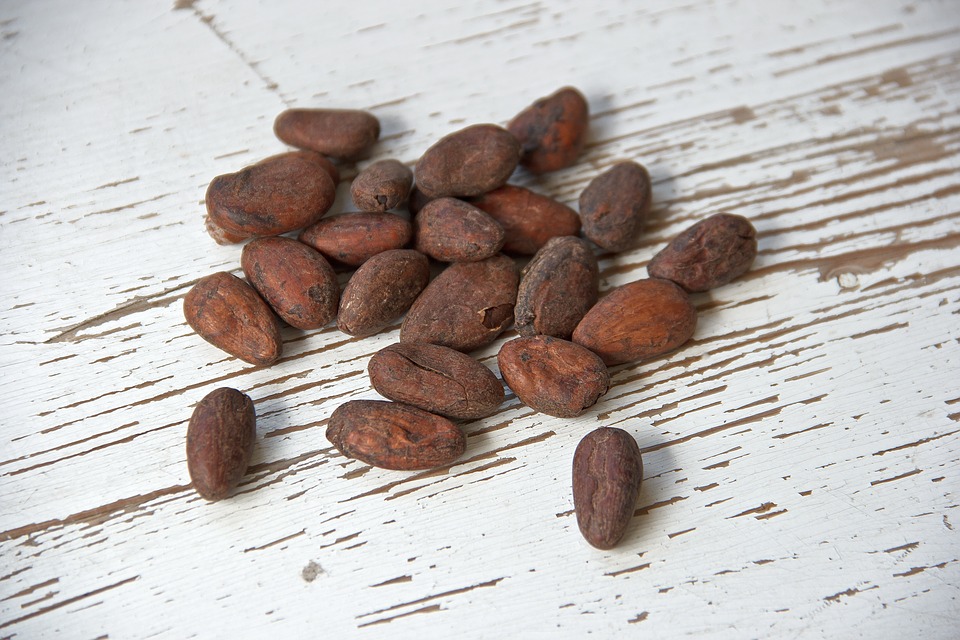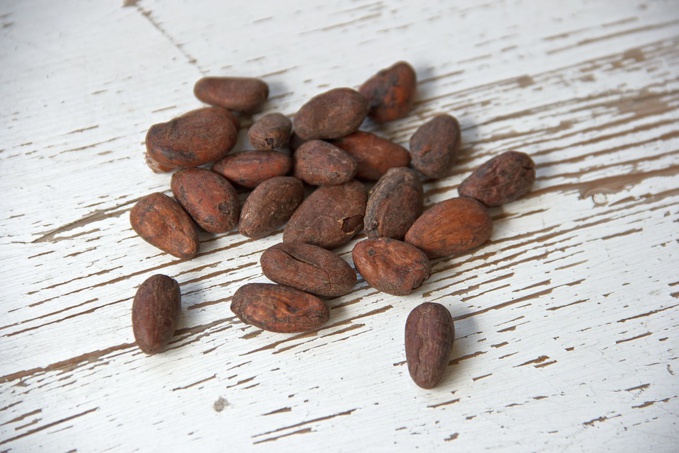Côte d'Ivoire is the world’s leading producer of cocoa beans. Ghana and Indonesia are on the 2nd and 3rd places, respectively. Deliveries from Côte d'Ivoire totaled about 1.4 million tons as of July 31 - 12% less than for the same period in 2015, according to report of the International Cocoa Association (ICCO).
Natural conditions had a positive effect on the production in Ghana, the report said; however, ICCO has no accurate data. The Indonesian association of cocoa producers forecast yield reduction of 10% year on year due to continuous rains, according to its website.
Cocoa crop in Nigeria, another player in this market, will fall by about 70% yoy due to the weather, Bloomberg refers to local farmers. This year's harvest is the scantiest of 25 years, the news agency cites a local farmer. According to him, farmers cannot provide even 30% of last year's harvest. On average, his farm used to produce 370 tons for agricultural year, but will deliver only about 60 tons this year.
The world cocoa market is in a difficult situation, said CEO of chocolate maker Barry Callebaut, Antoine de Saint-Afrique in a teleconference with investors in April 2016. In the first six months of 2015 fiscal year In general, the global chocolate market declined by 2.6% beginning in 2016, he noted.
Producers of cacao beans could still increase exports in the next season, which begins in October, said ICCO in its report.
The next harvest in Côte d'Ivoire could reach about 1.75 million tons due to the fact that its major regions had sufficient rainfalls in July. A month ago, the country’s government predicted that the coming agricultural year will bring only 1.65 million tons, according to Bloomberg’s source. The government expected rains in May and June, but they have begun just now. Currently, the authorities are more optimistic.
Increasing demand in emerging markets is the main reason for sustainable increases in cocoa prices. In recent years, Asians have been buying 5.2% more cocoa products. Few years ago, consumption of chocolate in the region was considered the lowest in the world per capita, yet, according to Euromonitor’s research, the world chocolate market will double by 2018 thanks to India, China and Saudi Arabia.
The Chinese market of 1.4 billion consumers is an important niche for chocolate companies. Nowadays, a Chinese eats an average of 100 grams of chocolate annually. In Britain, for comparison, the figure is 8 kg. Over the past ten years, sales in China more than doubled, outpacing growth in Western Europe - the largest consumer of chocolate products. Habits of Asian consumers changed due to rising incomes and newly-formed middle class. Nestle, Barry Callebaut, Lindt & Sprüngli and other companies immediately noticed and took the new trend into account in their policies.
The growing demand can only aggravate the industry’s crisis. According to ICCO, world consumption has exceeded production by 70 000 tons in 2014, with a total harvest of 3.9 million tons. Analysts at Rabobank International agree - decline in global economic growth would have a retarding effect on demand for chocolate, making it the lowest since 2010. In 2015, decline in consumption coincided with a decline in production volumes.
Manufacturers keep prices either by reducing their margins, or by cutting share of the most expensive components, cocoa butter and cocoa mass. They are substituted by cheaper components, so-called cocoa butter equivalents. Naturally, many middle and lower-middle segment manufacturers have already changed the recipe.
One of the most common tricks is to lower weight of products. Thus, for example, Snickers and Mars bars made in the UK traditionally weighed 62.5 grams, but recently were diminished to 58 grams. Minus 7% is almost nothing for a sweet tooth, but great savings for manufacturers. Price of the lightweight candy remains the same. Now, classic versions of both bars already weigh around 50 grams. The manufacturer explained its actions by concern about health of consumers.
source: bloomberg.com, telegraph.co.uk
Natural conditions had a positive effect on the production in Ghana, the report said; however, ICCO has no accurate data. The Indonesian association of cocoa producers forecast yield reduction of 10% year on year due to continuous rains, according to its website.
Cocoa crop in Nigeria, another player in this market, will fall by about 70% yoy due to the weather, Bloomberg refers to local farmers. This year's harvest is the scantiest of 25 years, the news agency cites a local farmer. According to him, farmers cannot provide even 30% of last year's harvest. On average, his farm used to produce 370 tons for agricultural year, but will deliver only about 60 tons this year.
The world cocoa market is in a difficult situation, said CEO of chocolate maker Barry Callebaut, Antoine de Saint-Afrique in a teleconference with investors in April 2016. In the first six months of 2015 fiscal year In general, the global chocolate market declined by 2.6% beginning in 2016, he noted.
Producers of cacao beans could still increase exports in the next season, which begins in October, said ICCO in its report.
The next harvest in Côte d'Ivoire could reach about 1.75 million tons due to the fact that its major regions had sufficient rainfalls in July. A month ago, the country’s government predicted that the coming agricultural year will bring only 1.65 million tons, according to Bloomberg’s source. The government expected rains in May and June, but they have begun just now. Currently, the authorities are more optimistic.
Increasing demand in emerging markets is the main reason for sustainable increases in cocoa prices. In recent years, Asians have been buying 5.2% more cocoa products. Few years ago, consumption of chocolate in the region was considered the lowest in the world per capita, yet, according to Euromonitor’s research, the world chocolate market will double by 2018 thanks to India, China and Saudi Arabia.
The Chinese market of 1.4 billion consumers is an important niche for chocolate companies. Nowadays, a Chinese eats an average of 100 grams of chocolate annually. In Britain, for comparison, the figure is 8 kg. Over the past ten years, sales in China more than doubled, outpacing growth in Western Europe - the largest consumer of chocolate products. Habits of Asian consumers changed due to rising incomes and newly-formed middle class. Nestle, Barry Callebaut, Lindt & Sprüngli and other companies immediately noticed and took the new trend into account in their policies.
The growing demand can only aggravate the industry’s crisis. According to ICCO, world consumption has exceeded production by 70 000 tons in 2014, with a total harvest of 3.9 million tons. Analysts at Rabobank International agree - decline in global economic growth would have a retarding effect on demand for chocolate, making it the lowest since 2010. In 2015, decline in consumption coincided with a decline in production volumes.
Manufacturers keep prices either by reducing their margins, or by cutting share of the most expensive components, cocoa butter and cocoa mass. They are substituted by cheaper components, so-called cocoa butter equivalents. Naturally, many middle and lower-middle segment manufacturers have already changed the recipe.
One of the most common tricks is to lower weight of products. Thus, for example, Snickers and Mars bars made in the UK traditionally weighed 62.5 grams, but recently were diminished to 58 grams. Minus 7% is almost nothing for a sweet tooth, but great savings for manufacturers. Price of the lightweight candy remains the same. Now, classic versions of both bars already weigh around 50 grams. The manufacturer explained its actions by concern about health of consumers.
source: bloomberg.com, telegraph.co.uk



















